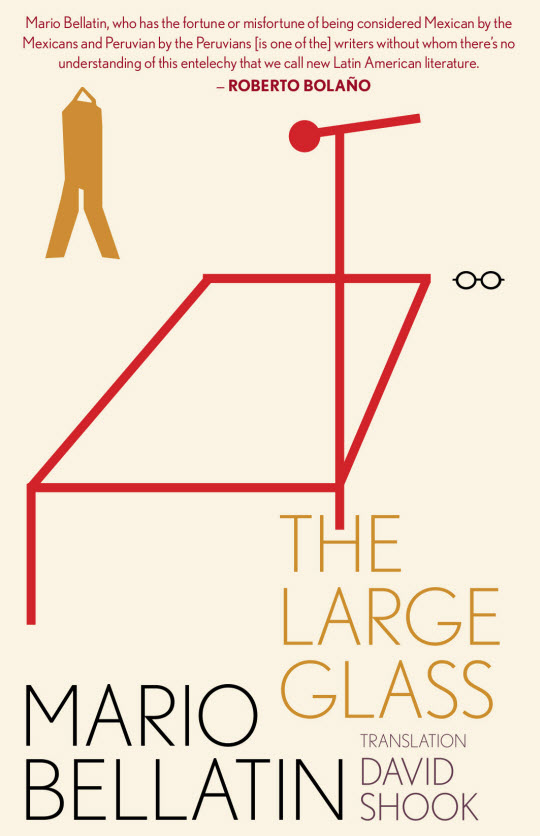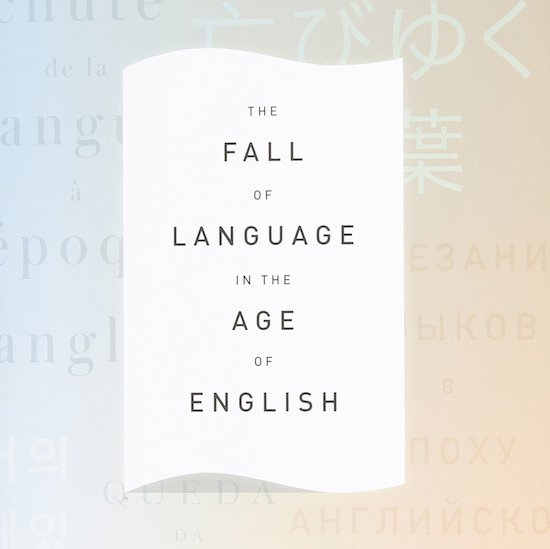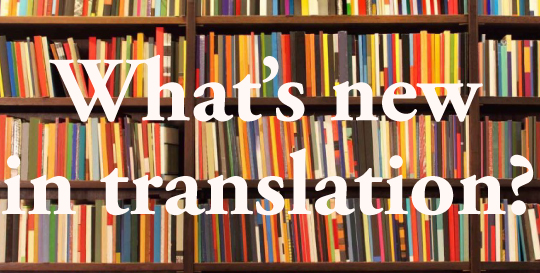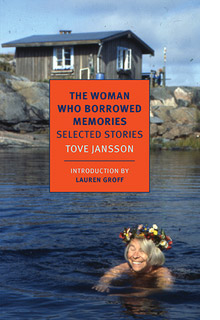Today, we continue our spotlight on the winners of Asymptote’s annual Close Approximations translation contest, now into its 3rd edition. (Find the official results and citations by judges David Bellos and Sawako Nakayasu here.) From 215 fiction and 128 poetry submissions, these six best emerging translators were awarded 3,000USD in prize money, in addition to publication in our Summer 2017 edition. After our podcast interview with Suchitra Ramachandran, we are thrilled to bring you fiction runner-up Brian Bergstrom in conversation with Asymptote Assistant Interviews Editor, Claire Jacobson.
Brian Bergstrom is a lecturer in the East Asian Studies Department at McGill University in Montréal. His articles and translations have appeared in publications including Granta, Aperture, Mechademia, positions: asia critique, and Japan Forum. He is the editor and principal translator of We, the Children of Cats by Tomoyuki Hoshino (PM Press), which was longlisted for the 2013 Best Translated Book Award.
His translation of “See” by Erika Kobayashi from the Japanese was a runner-up in Asymptote’s Close Approximations contest. This is what fiction judge David Bellos had to say about it: “Erika Kobayashi’s ‘See’ earns its place as a runner up by imagining a world just like ours save for a craze for a pill called ‘See’ that induces temporary blindness. People take it so as to go out on blind dates and drives to the sea. Read on! The English of the translation by Brian Bergstrom seems to me flawless.”







